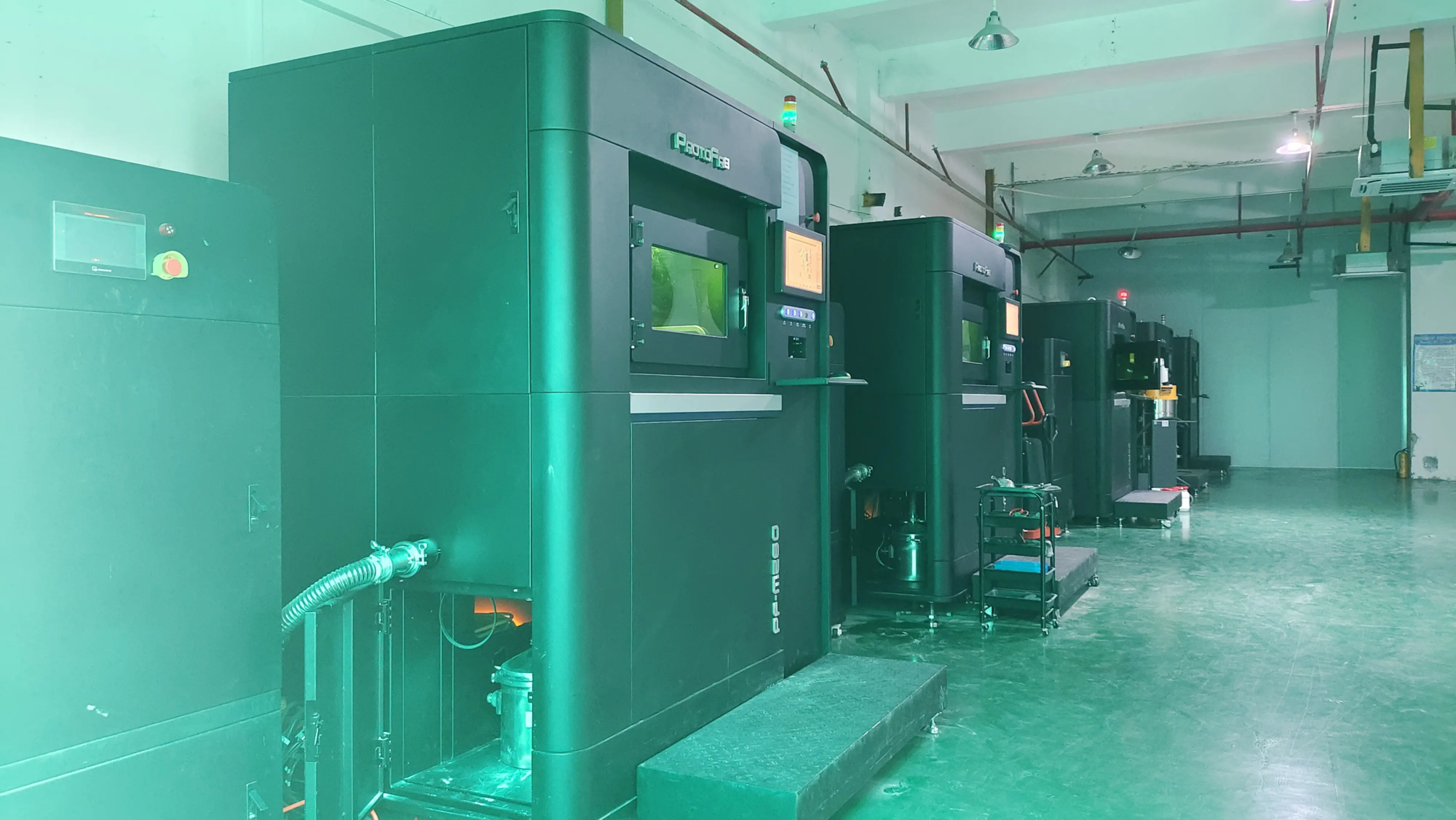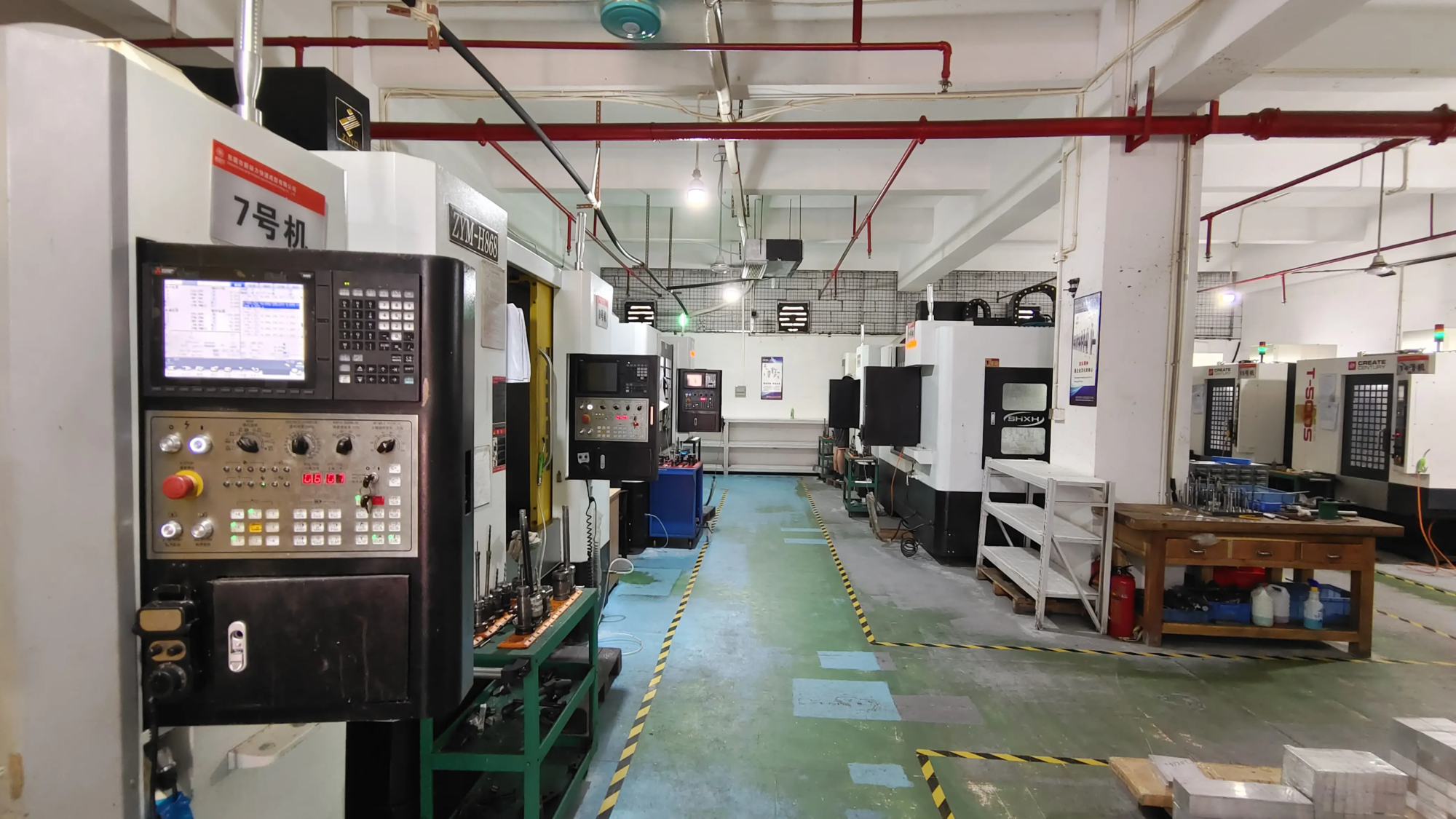The huge demand in the military industry has considerably favored the development of the 3D printing industry.
On December 4, 2024, according to the resource library, Lockheed Martin recently built an additive manufacturing plant of 16,000 square feet in Texas. The factory will support its M142 high mobility artillery rocket system produced by the rocket system (Himars).
The new factory is equipped with large 3D laser powder (LPBF) 3D fusion printers and thermal treatment equipment for the rapid production of 3D metal printed parts. By expanding additive manufacturing capacities, Lockheed Martin aims to meet the current and future needs of customers and to stimulate the development of 3D printing technology in the defense and aerospace sectors. Additive manufacturing increases not only the production capacity of the supply chain, but also helps to strengthen the industrial database in the United States.
The new factory is also part of the Lockheed Martin 1LMX digital transformation program, which uses artificial intelligence and automation technologies to optimize production and supply chains. Thanks to additive manufacturing technology, the company improves not only product performance, but also shortens the development and delivery cycles and reduces material waste.
Additive manufacturing also allows Lockheed Martin to produce complex parts that are not possible with traditional methods. For example, hydraulic varieties can obtain more complex geometry by additive manufacturing, thus improving performance and reducing weight. In fact, the expansion of Lockheed Martin in additive manufacturing is not new. The company has joined the AM FOROWARD program to work with several large companies to promote the application of 3D printing technology to strengthen the security of the supply chain in the United States.
As of 2018, Lockheed Martin printed in 3D a titanium cover to cover the fuel tanks by satellite. parts.
In 2022, the Lockheed Martin aerospace department will work with Swissto12 and CAES (Cobham Advanced Electronics Solutions) to use 3D printing technology to create progressive table antennas required for future satellite missions. After having achieved the importance of 3D printing in satellite manufacturing, Lockheed Martin also spent $ 450 million to acquire Terran Orbital to promote the mass production of satellite components printed in 3D.
In addition, Lockheed Martin has led a number of 3D printing companies, in particular: an investment of $ 3 million to support the production chain of Q5D Harness Roboty weapons and additive manufacturing systems hybrid; FireTorm labs; And Fortify, a supplier of manufacturing process additives and material development for radio frequency equipment (RF).
This year, the company also used 3D printing technology to produce key components of the Mako hypersonic missile, considerably increasing production speed and economy costs.
For the future, Lockheed Martin said that additive manufacturing will become a significant part of the development of company products. With the continuous development of technology, the company plans to replace traditional manufacturing processes thanks to 3D printing to achieve production efficiency, cost savings and higher parts integration, thus improving the safety of the supply chain and guaranteeing the response to increasingly complex global security threats.
The expansion of the additive manufacturing of Lockheed Martin not only demonstrates its strategic provision in the field of defense, but also reflects the trend of the generalized adoption of additive manufacturing technologies in the supply of key defense components in North America . The American Department of Defense (DOD) has invested massively in additive manufacturing technology, and the annual pentagon budget demand for missiles, munition supply and related research and development increased from $ 9 billion In 2015 at $ 30.6 billion in 2024. This also shows that defense demand considerably favored the development of the additive manufacturing industry.





